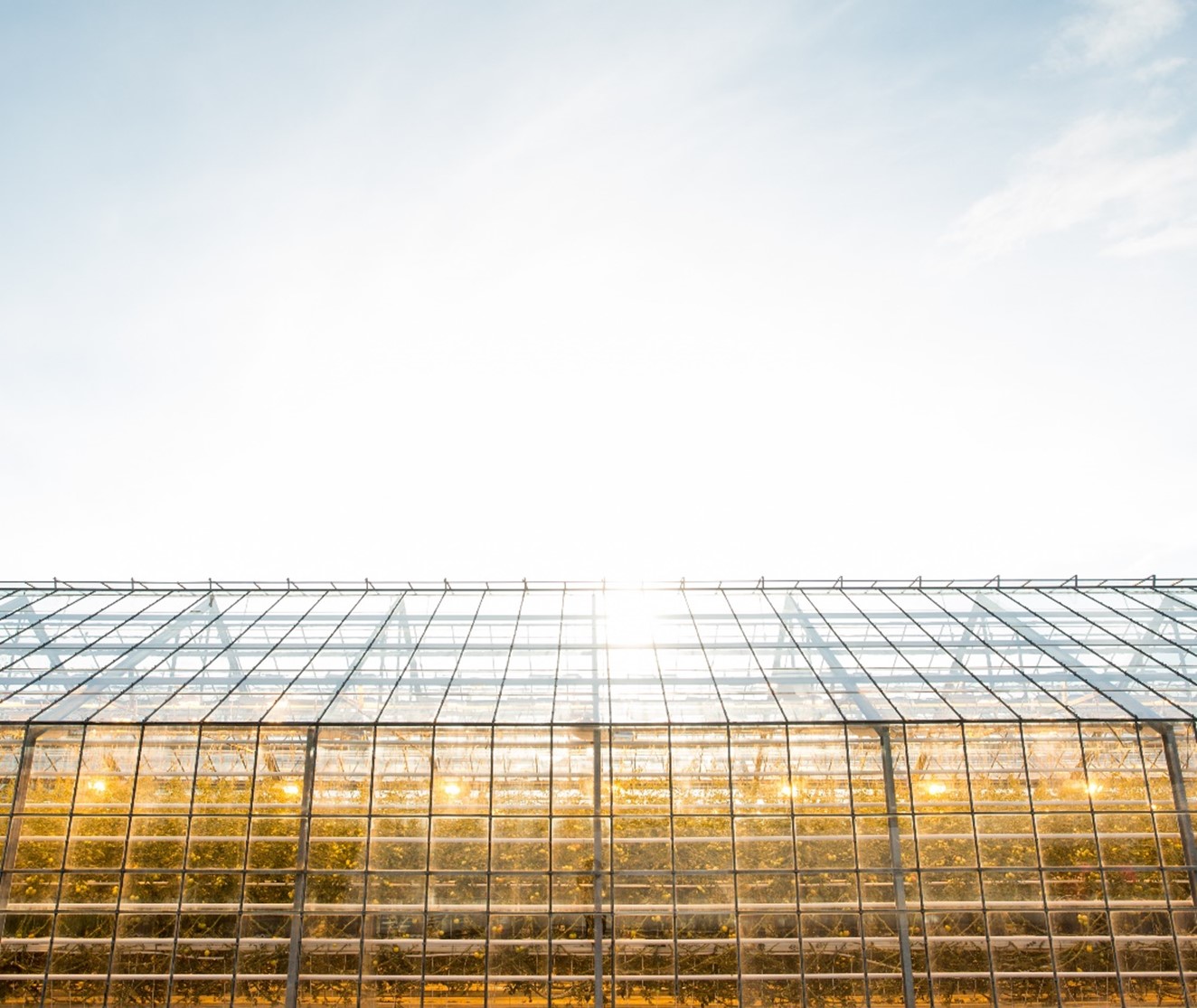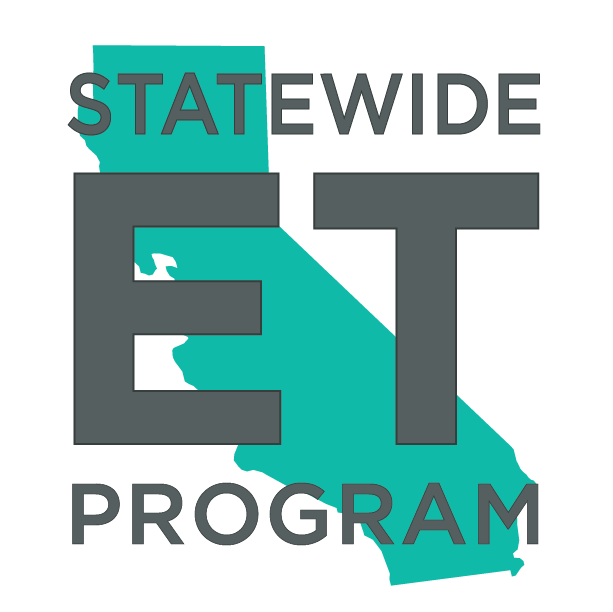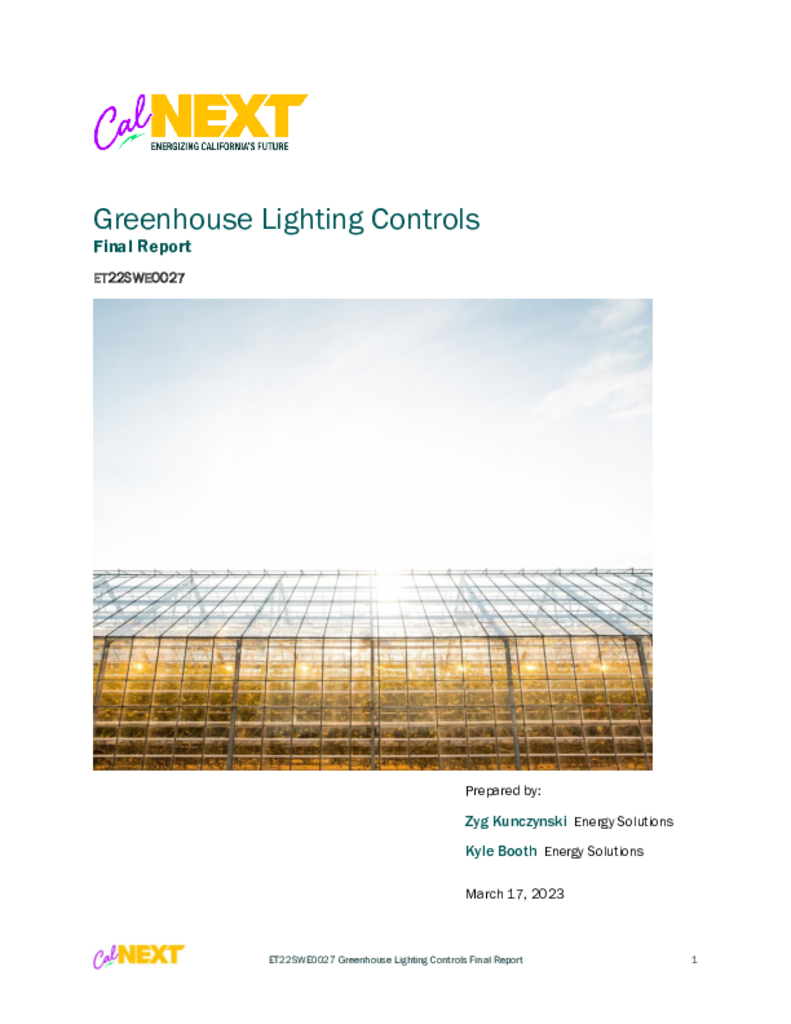ET22SWE0027 - Greenhouse Lighting Controls

Supplemental lighting in greenhouses uses significant electricity, and lighting controls that regulate supplemental lighting based on the amount of natural light available should be encouraged in the market. This project would extend a study currently being done by PG&E on the potential for adaptive daylight controls to save energy in commercial greenhouses. The site has already produced six months of data which suggests that in winter months, the technology could reduce energy costs by 25%-35% and the payback period could be as short as two months. This project could be completed this year and would be extremely cost effective because it would leverage a large amount of existing work. Should results continue to be promising, CalNEXT would have the option to expand the study to more sites and crops to support a potential measure package.
Although initial results from the ongoing study are highly promising, that study only includes one site with a single crop and will have little data on impact to crop yield and quality. This is due to the extreme difficulty of enrolling sites. The lack of proof for the technology is itself the main barrier to collecting proof. Extending the current study into December could generate enough proof of effectiveness to greatly reduce this barrier.
The research questions that this study would answer by December 2022 would be:
a. At the specific site where advanced lighting controls were installed for the PG&E study, what is the likely payback period?
b. What further research would be needed to address key grower concerns about this technology, such as ease of use and potential effects on quality and yield?

